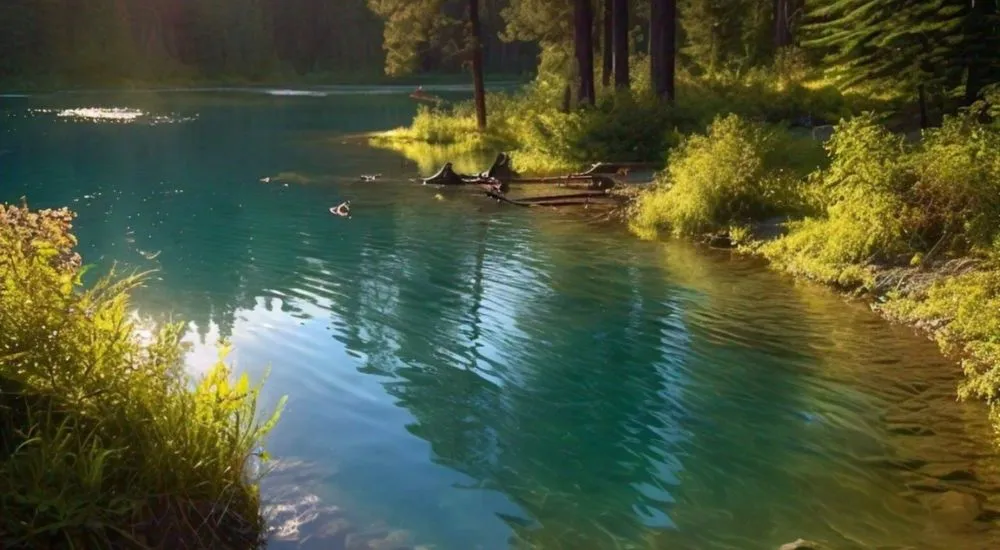16. In the water cycle, what is the term for the process by which clouds merge and grow larger until they become too heavy to stay aloft, leading to the release of precipitation?
(A) Condensation
(B) Evaporation
(C) Sublimation
(D) Coalescence
(D) Coalescence
Explanation: Coalescence is the process by which smaller water droplets in clouds collide, merge, and grow larger. When these droplets become too heavy, they fall as precipitation.
17. Which of the following is NOT a form of precipitation?
(A) Dew
(C) Frost
(C) Hail
(D) Sleet
(A) Dew
Explanation: Dew is not considered a form of precipitation. It occurs when moisture in the air condenses onto cool surfaces, such as grass or car windshields, as water droplets.
18. What is the term for the process by which groundwater returns to the surface through natural springs?
(A) Percolation
(B) Discharge
(C) Desalination
(D) Condensation
(B) Discharge
Explanation: Discharge refers to the movement of groundwater to the surface, often through natural springs, where it flows into surface water bodies like rivers or lakes.
19. Which of the following is a way in which humans can contribute positively to the water cycle?
(A) Deforestation
(B) Pollution of water bodies
(C) Water conservation practices
(D) Over-extraction of groundwater
(C) Water conservation practices
Explanation: Water conservation practices, such as reducing water wastage, reusing water, and managing water resources sustainably, can have a positive impact on the water cycle by ensuring the availability of clean water for various uses.
20. What is the term for the process in which water is taken up by plant roots and moves through the plant before being released into the atmosphere?
(A) Runoff
(B) Infiltration
(c) Transpiration
(D) Condensation
(C) Transpiration
Explanation: Transpiration is the process by which water is absorbed by plant roots from the soil, transported through the plant, and eventually released into the atmosphere through tiny openings in leaves, contributing to atmospheric moisture.











3 Comments
Very very very very good
These questions were helpful to me
Thanks for your feedback. Requesting you to participate in our Quizzes to test your knowledge.